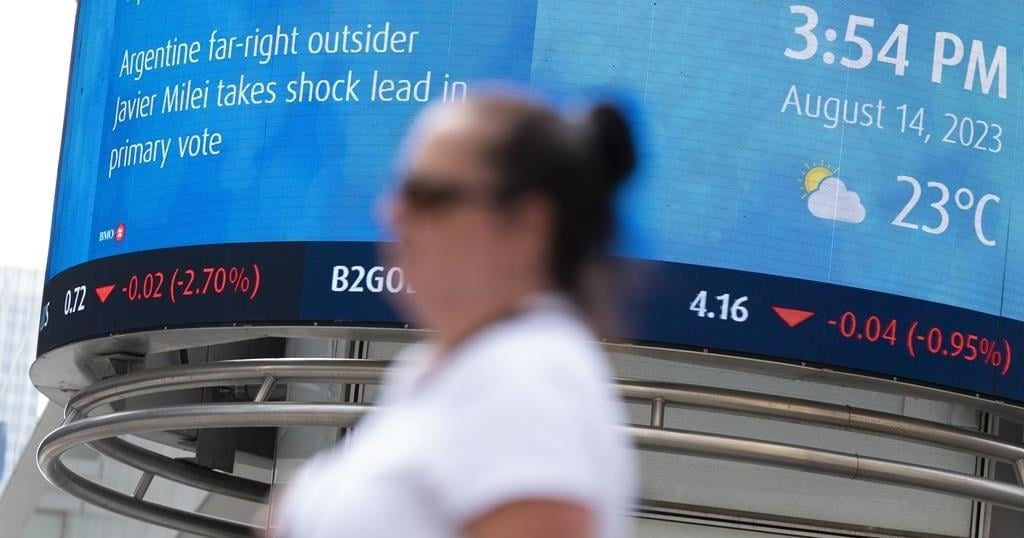Exchange-traded funds have become wildly popular among investors, particularly young people who use do-it-yourself investing platforms that can auto-invest client money in ETFs.
But the question remains: is there a downside to holding nothing but ETFs in your portfolio? Not really, according to some Bay Streeters, as long as you strike the right asset composition.
“It’s fine having a portfolio that’s 100 per cent in ETFs,” said Ted Rechtshaffen, CEO and wealth adviser at TriDelta Financial.
“It’s more about what the overall asset mix and risk is in the portfolio.”
Rechtshaffen likens ETFs to a refrigerator — it’s about the contents. He said looking inside someone’s fridge tells you more about the person’s diet than glancing at the fridge door. Similarly, the specific securities in the funds tell you more about the risks in the portfolio.
ETFs have become an investment go-to for many investors because of their passive nature, the wide variety of funds on offer, the ease with which they can be bought and, in particular, their low costs compared with mutual funds.
Rechtshaffen said the ease of access to a whole host of assets via one investment “is certainly a value to a lot of people (and) it just makes it a lot easier to manage a portfolio with lower transaction costs.”
Like many financial decisions, he saidinvesting in ETFs comes down to the fundamentals — not placing all bets in one place and understanding your time horizon, risk tolerance and diversification needs.
In recent years, investors have plowed money into ETFs while mutual funds have seen money flee.
Data from the Investment Funds Institute of Canada shows ETFs enjoyed net sales of $36.1 billion and $37.6 billion in 2022 and 2023, respectively. Meanwhile, mutual funds saw net redemptions of $43.7 billion and $57.1 billion in 2022 and 2023, respectively.
That trend continued into the first half of 2024, with ETFs posting net sales of $32.6 billion and mutual funds recording net redemptions of $3.1 billion.
Many robo-advisors work by having clients answer a questionnaire to determine their risk tolerance and goals, among other attributes, and invest their money exclusively in ETFs based on their answers.
Allan Small, senior investment adviser at IA Private Wealth,said a downside to holding a large amount of ETFs in your portfolio is that it might not be well tailored to the specific investor’s needs.
“ETFs are created for the masses of people,” he said, whereas if you curate your portfolio from scratch, it can be better suited to your specific financial situation.
It can also be harder to make money on ETFs, Small added.
“You could have a situation where an ETF has some things that go up and some things that go down and you don’t seem to get ahead, just like a mutual fund,” Small explained.
In contrast, investing in an ETF that’s concentrated in only one industry, such as the Canadian banks, can come with its own risks should that industry be hit with market volatility.
“Very rarely do you see one or two banks moving up and one or two banks moving down — they tend to move in tandem,” Small explained.
While diversification tends to be the winning argument for ETFs, over-diversification can make it difficult to turn a profit on them, Small said. For example, if an investor owns 10 ETFs — with each holding 50 stocks for a total of 500 companies being held — if 250 of the stocks rise and the other 250 fall, there’s little progress in the portfolio.
“If you’re over-diversified, you really don’t get anywhere,” Small explained. “You always seem to be cancelling yourself out.”
“You want a good mix of investments in your portfolio,” he said.
“Not too much to be over-diversified because then it would be difficult to get anywhere and not under-diversified because then that would be too high risk.”
This report by The Canadian Press was first published Aug. 15, 2024.

























